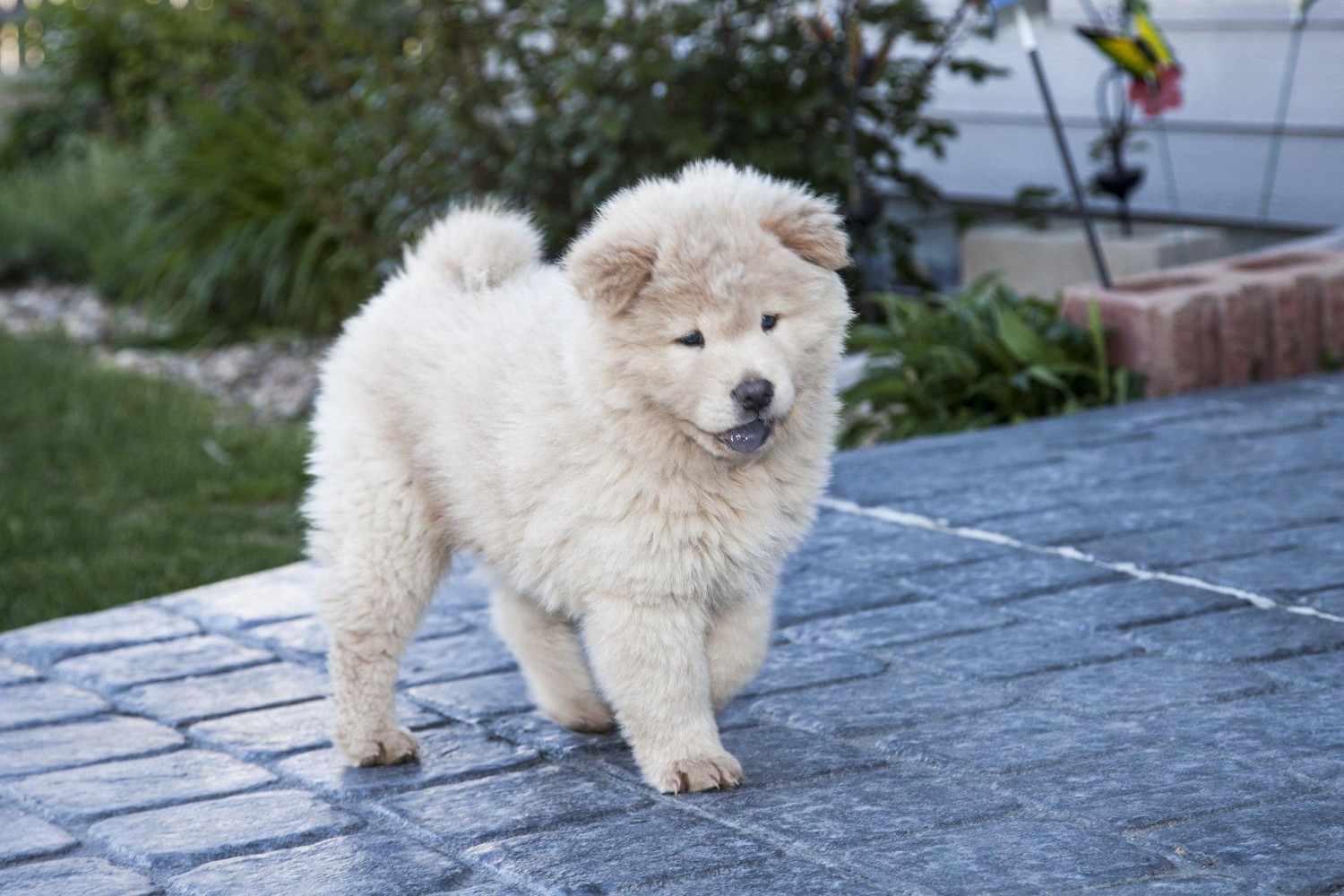Chow Chow: A Majestic and Mysterious Dog
When you think of a Chow Chow, you probably imagine a large, imposing dog with a thick coat and a blue tongue. The Chow Chow is indeed a unique breed that captures the imagination. In this article, we will tell you more about the history, character, and care of the Chow Chow.
History
The Chow Chow originates from China and has been bred for over 2000 years. It is not entirely clear where the breed originated exactly, but it probably arose in northern China and Mongolia. The Chow Chow was formerly used primarily as a guard dog and hunting dog, but also as a status symbol for the aristocracy. In the 19th century, the first Chow Chows came to Europe and America, where they quickly became popular. Today, the Chow Chow is still a popular dog and is often used as a show dog.
Character
The Chow Chow is known for its independent and stubborn character. It is a dog that is not easily impressed and likes to test its owners. Yet, the Chow Chow is also loyal and affectionate towards its owner. The Chow Chow is naturally reserved towards strangers and can sometimes seem aggressive. It is therefore important to socialize and train the dog well. With the right upbringing, the Chow Chow can be a great companion.
Care
The Chow Chow has a thick, fluffy coat that requires a lot of care. It is important to brush and comb the coat regularly to prevent tangles and dirt. In addition, the dog should be bathed regularly to keep its coat clean and healthy.
Conclusion
The Chow Chow is a unique dog with an imposing appearance and a stubborn character. It is a dog that requires a lot of care and attention, but with the right upbringing and training, the Chow Chow can be a great companion. Are you looking for a loyal and imposing dog? Then the Chow Chow may be the breed for you.
Known disorders
- Atopy (environmental allergy)
- Elbow dysplasia (disorder of the elbow)
- Patella luxation (loose kneecap)




